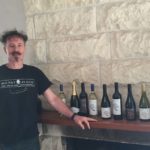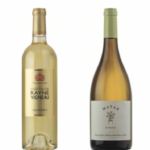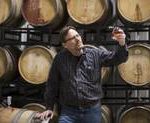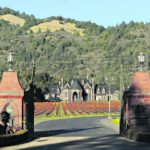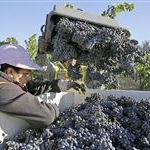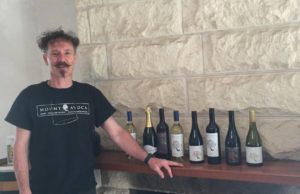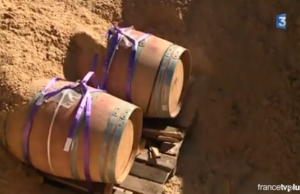Why American wine labels aren’t as specific as they could be
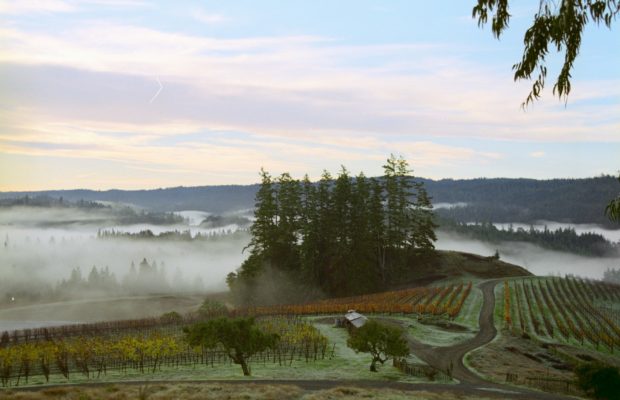
On the label, Peay Vineyards wines tout their origin on the “Sonoma Coast,” an American Viticultural Area, or AVA. Wines produced several hours’ drive south and inland, not far from the town of Sonoma and the San Francisco Bay, are also labeled Sonoma Coast, despite originating in a sunnier, warmer climate. That diverse geography and climate lead many to argue that Sonoma Coast, established as an official AVA in 1987, can be meaningless as a description of a wine’s origin.
Our AVAs were modeled after European appellations, the regional designations we see on a wine label. An appellation on a label tells us we’re drinking a wine from California, or from Napa, Sonoma or Paso Robles. Or Bordeaux, Burgundy, Chianti or Mendoza. Each country has its own appellation system, making it confusing for wine lovers to keep up with differing regulations.
In France, the system of Appellation d’Origine Contrôlée (now renamed Appellation d’Origine Protégée) was established in the 1930s as a guard against wine fraud. To earn an appellation name on the label, a wine had to be produced in the appellation area, using prescribed grape varieties and complying with limits on yields and alcoholic strength. Bordeaux couldn’t be spiked with wine from the Languedoc or Algeria, for example, Burgundy could not legally be beefed up with syrah from the Rhône. Fans of Pommard could be confident they were indeed drinking pinot noir from that appellation in Burgundy.
The U.S. system is largely geographical. The first AVA was approved in Missouri in 1980. Today, the federal government recognizes 239 AVAs, including 138 in California. (Virginia has seven and proudly announces their boundaries with road signs to promote wine tourism.)
Nearly four dozen wineries make wines from vineyards that hug Sonoma’s coastline. They formed the West Sonoma Coast Vintners association and in 2016 petitioned the federal government to recognize “West Sonoma Coast” as its own AVA, or at least a sub-area of the greater Sonoma Coast region. The association includes wineries familiar to fans of cool-climate California pinot noir and chardonnay: names such as Littorai, Hirsch, Flowers, Hartford Court and Red Car.
They met with skepticism from the U.S. Treasury Department’s Alcohol and Tobacco Tax and Trade Bureau, which regulates the AVA system.
“The TTB resisted because there was no historical reference to a West Sonoma Coast,” explains Andy Peay, who handles business and marketing for Peay Vineyards. His brother, Nick, runs the vineyards, and Nick’s wife, Vanessa Wong, makes the wines. He acknowledged that the proposed moniker seems nonsensical at first blush: After all, there is no “East Sonoma Coast.” But he noted that the government had approved expansions of the Sonoma Coast AVA and in 2012 recognized the Fort Ross-Seaview AVA, which is part of the western Sonoma Coast region.
“The terroir and winemaking of the far-west county differ demonstrably from the greater Sonoma Coast AVA,” says Erin Brooks, proprietor of Ernest Vineyards, which sources pinot noir, chardonnay and other grapes from vineyards throughout the western portions of Sonoma County. The original Sonoma Coast AVA, covering nearly 500,000 acres and stretching inland nearly to Carneros in the southern part of the county and to the Mendocino County line in the north, “helps no one — least of all consumers,” she says.
AVAs lack many of the strictures of European systems: After all, our vintners are still experimenting with grape varieties in many regions, whereas the Europeans seem to have figured out long ago which grapes grow best where. Appellations in Europe are meant to give consumers confidence in a wine’s authenticity and terroir, though the system has been criticized for stifling innovation. Although our AVAs are nominally based on geography and, to some extent, climate, they also have marketing value.
For example, a wine must be produced from within an AVA to be labeled “estate,” a word that implies quality because the winery controls the entire production process, from the vineyard through vinification and aging. An expansive AVA, such as the original Sonoma Coast established three decades ago, allows large wineries to label more of their wines as estate-bottled.
Carving smaller AVAs adds precision to our concept of terroir and helps smaller producers forge their own reputations for quality distinct from the mainstream.
The TTB has accepted the West Sonoma Coast petition for review and will soon publish it for public comment. A decision is expected in the next several months.
Click here to view original web page at www.washingtonpost.com

